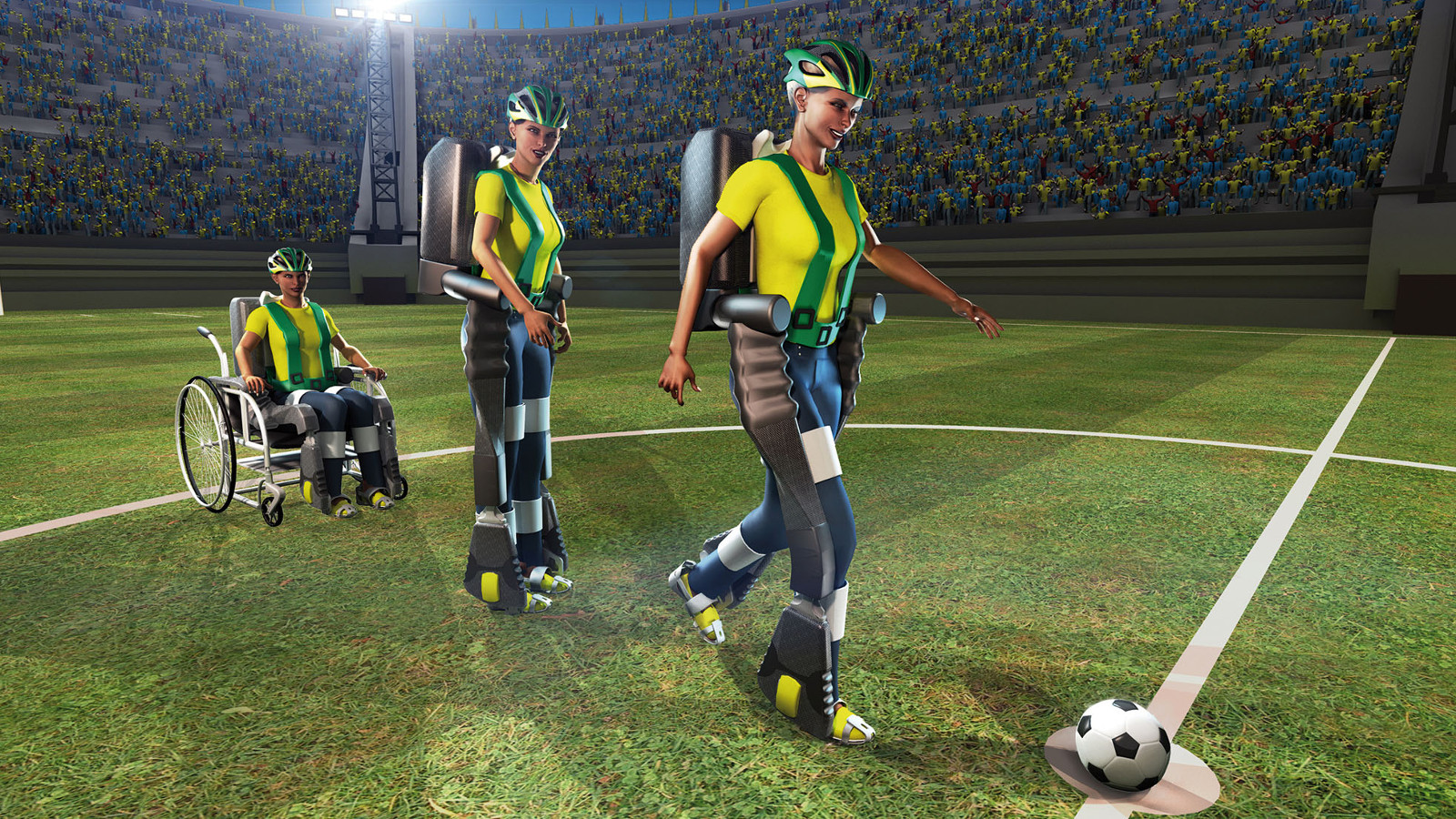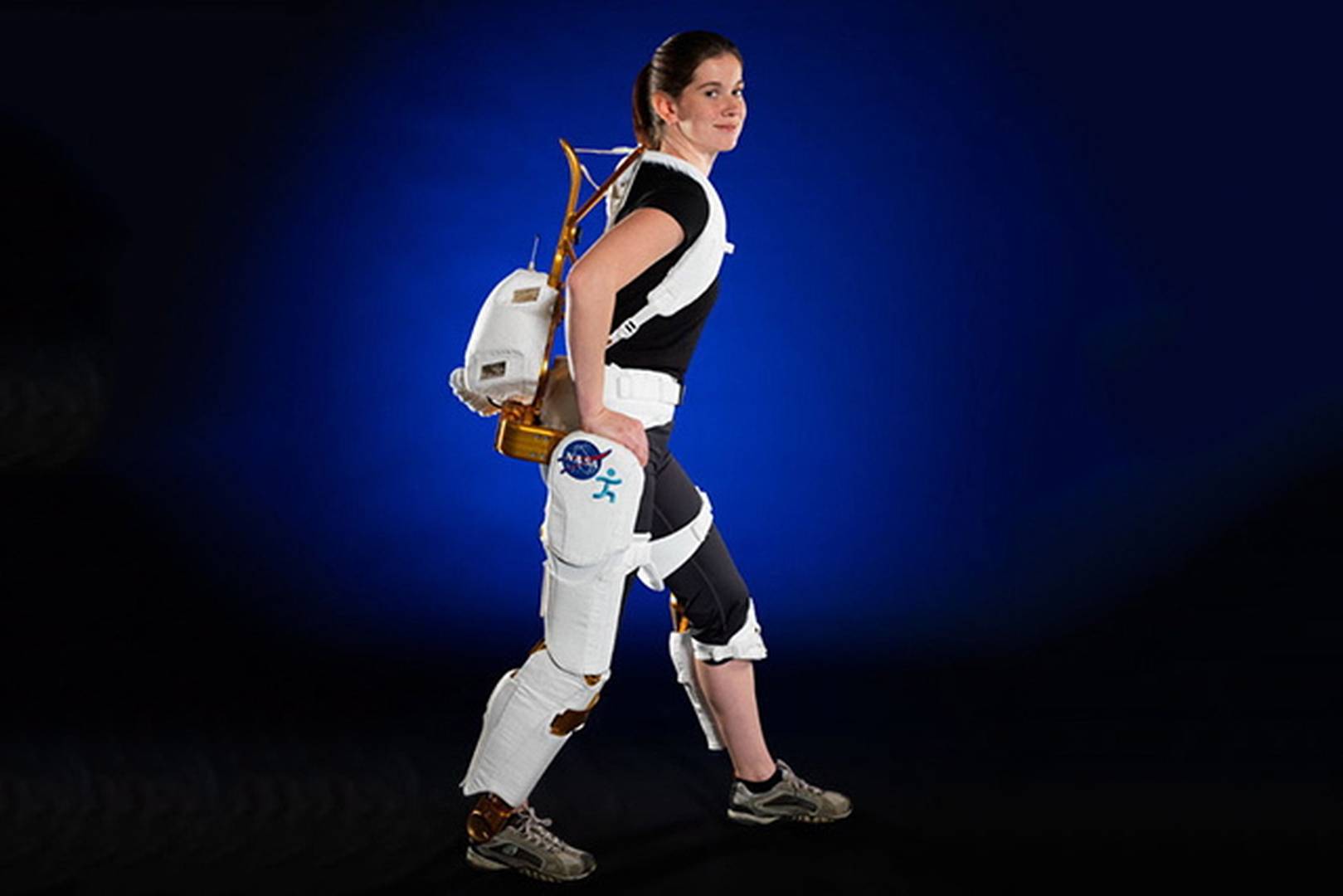The exoskeleton will support the lower part of the body and enable the paralyzed wearer to walk using wireless electrodes attached to the head that collect brainwaves, which then signal the suit to move.
The Walk Again Project is a nonprofit collaboration among the Duke University Center for Neuroengineering; Technical University of Munich; Swiss Federal Institute of Technology in Lausanne; Edmond and Lily Safra International Institute of Neuroscience of Natal in Brazil; University of California at Davis; University of Kentucky; and Regis Kopper of the Duke Immersive Virtual Environment facility.
“The vibrations can replicate the sensation of touching the ground, rolling off the toe and kicking off again,” lead robotic engineer Gordon Cheng of the Technical University of Munich told New Scientist. “There’s so much detail in this, it’s phenomenal.”
The paralyzed teenage candidate has yet to be chosen, but he or she will be picked from a pre-approved group of patients who have been taught how to operate the sophisticated exoskeleton.
The World Cup begins in mid-June and lasts an entire month.
(Via The Washington Post)








